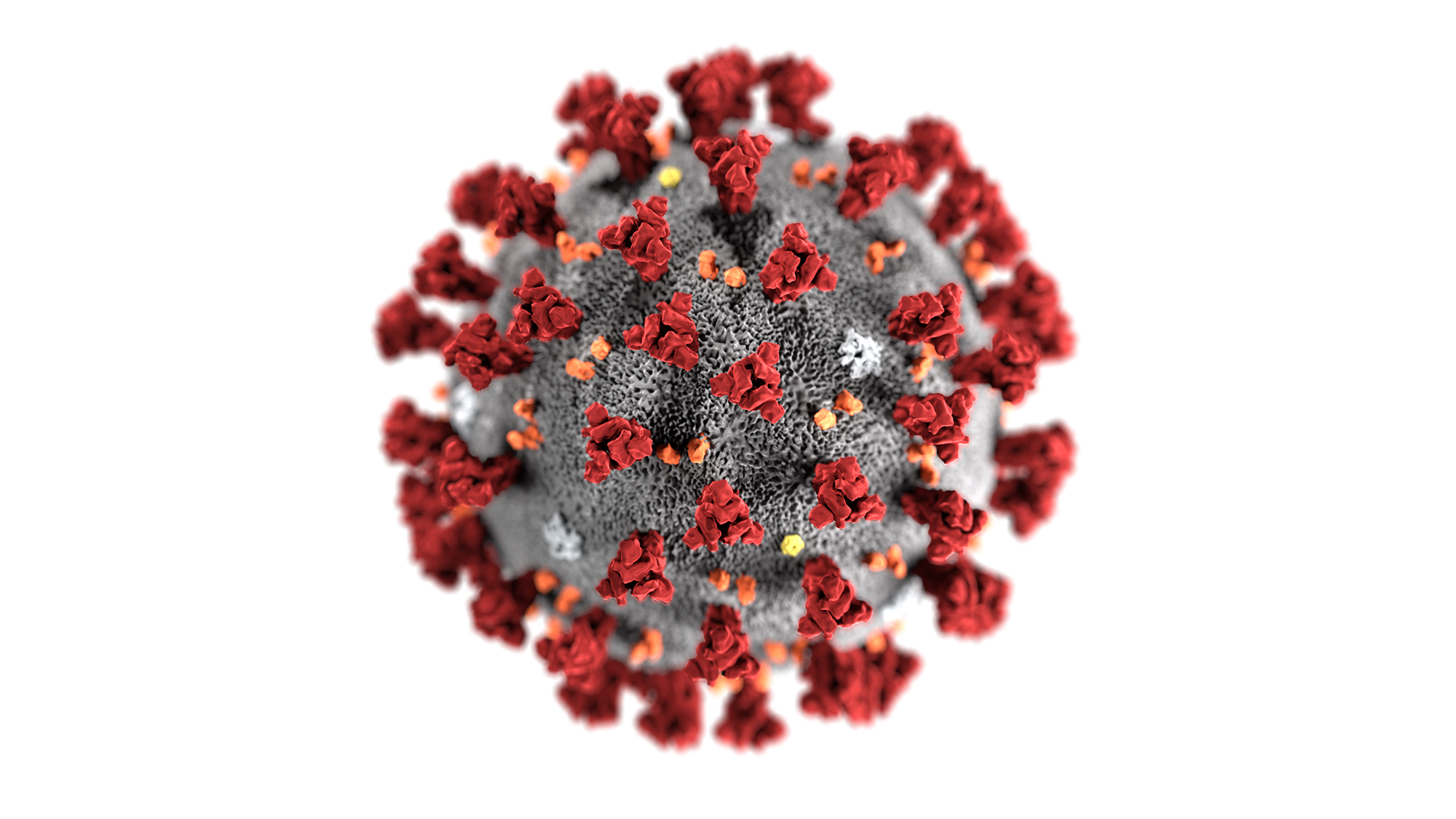 Unlike in the past when school subjects were taught independent of each other, there are now learning institutions and instructors that promote cross-curricular learning. It’s a teaching method where new information is taught in the context of other facts.
Unlike in the past when school subjects were taught independent of each other, there are now learning institutions and instructors that promote cross-curricular learning. It’s a teaching method where new information is taught in the context of other facts.
Teacher Magazine explained that using this technique means there’s less need to run through the same lessons with their students that they have already learned elsewhere. This effectively transfers the burden of connecting information from the students to the educators. Instead of specializing in their own areas of knowledge, teachers now need to collaborate in order to impart knowledge to their students more effectively.
While this strategy will entail a lot of effort on the part of schools and teachers, students – particularly those with a learning disability – stand to greatly benefit from this strategy. As we said in an earlier article here on Maxi Mind Learning, some children find it difficult to retain, process, retrieve, and put together the information they learn in class. However, LDOnline points out that students with learning disorders have their own set of strengths and weaknesses, which is why it is important to understand their individual profiles. It can then be used to develop a plan to make learning easier. In doing so, it’s possible to use their strengths to balance out their weaknesses.
For instance, we said in our article ‘Unlock Your Child’s Inner Genius’ that many children with ADHD tend to lean towards arts, such as drawing and painting. Tootsa elaborated on how arts and crafts have been integrated into teaching Science, Technology, Engineering, and Mathematics (STEM) subjects to raise students’ interest. This increases the likelihood of pupils with ADHD paying attention to their lessons, instead of letting their minds wander elsewhere.
We also said in another article that kids with neuro-developmental conditions need to be highly stimulated in order to overcome their struggles with learning and paying attention. By capturing their interest in their lessons, it is possible that they are more likely to pay attention and remember what they are being taught. The National Council for Curriculum and Assessment (NCCA) provides some tips and strategies that can be employed by instructors to teach mathematics to students with general learning disabilities.
Besides visual arts, performance arts might also be a good platform for cross-curricular learning. Childmind discussed how theater can be used to reinforce other forms of learning. Drama teacher Kristen Plylar-Moore said in the article that connecting drama to their other subjects provides the students with a “hook” in which to anchor the knowledge they gain. At the same time, it can also be used as an outlet to channel their energies. Many students with ADHD have a lot of energy in their systems. Redirecting it to performance arts can help them develop their self-confidence, and help them channel it in a more structured manner.
Another benefit of using cross-curricular instruction to help children with ADHD is that it helps build neural connections. We also stated here on Maxi Mind Learning that the key to help those from suffering from learning difficulties is to build neural pathways and form new connections. The goal is to develop better memory and stronger cognitive skills. Cross-curricular instruction will enable them to do just that because they will be able to see the clear links between the subjects they are learning. The more concepts they realize are linked together, the better the connections they make in their minds. In the end, they will be able to comprehend lessons better, as well as form similar relationships between different things around them. In that sense, they will be able to continuously learn even while outside the classroom.
Guest blog post provided by:
MomsTalk_RJ






